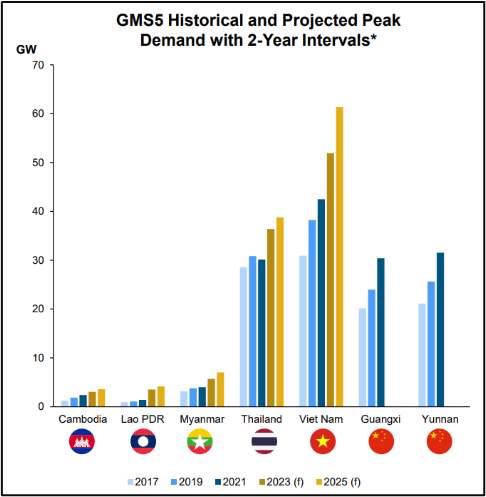Construction of Viet Nam-Thailand Wind Power Plant Begins
The joint venture V1-2 wind power plant between the Truong Thanh Viet Nam Group and the Sermsang Power Corporation Public Company Limited of Thailand launched construction in Tra Vinh, Viet Nam, on 14 August. The 48 MW peak facility consists of 12 wind turbines to be built on 1,220 hectares in the Truong Long Hoa commune, Duyen Hai town. The project is estimated to cost around $96 million (2.23 trillion VND), and is expected to generate around 163 million kWh of electricity each year.










